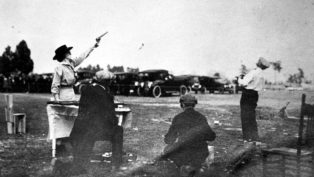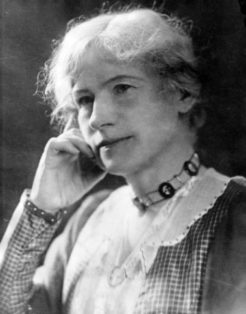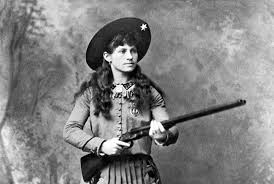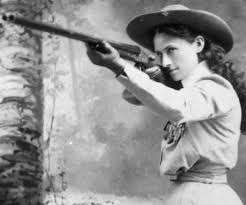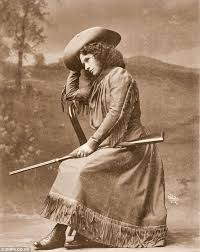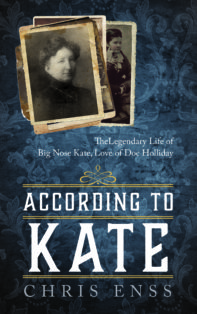Enter now to win a copy of the Will Rogers Medallion Award winning book
The Trials of Annie Oakley
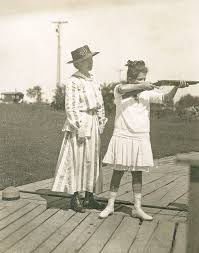
Three dozen, fresh-faced young men jockeyed for position behind a row of windows on a train leaving Poughkeepsie, New York, bound for Camp Mills on Long Island. The new Army recruits waved goodbye to those on the railroad platform; they wore happy expressions and cheered as the car lurched forward. The men were excited and blissfully naïve about the journey ahead of them. Family and friends on the platform offered last minute farewells as the train slowly began to move ahead. Some people cried as the vehicle left the station and blew kisses to the courageous souls who had answered the call to serve their country when America announced it would join Britain, France, and Russia to fight in World War I.
The United States entered the war on April 6, 1917, and by the end of that same month thousands of men had eagerly flooded recruiting stations, enlisted in the Army and Navy and promised to defend the nation in time of peril.
On July 6, 1917, newspapers and unofficial dispatches from Canadian army headquarters in Europe documented when America went into battle for the first time during the World War. A young Texan who had traveled to Ontario to enlist had the honor of being the first to carry the American flag in the European war. He was carrying the Stars and Stripes on his bayonet when he was wounded and subsequently transported to a medical unit.
According to the July 20, 1917, edition of the Democrat and Chronicle News the Texan’s brave action prompted even more patriotic men to join a branch of the service. Men did not have a moratorium on devotion to country. Women also wanted to do their part. Annie Oakley was among them. From the time the Spanish American War began in 1898, Annie had desired to recruit and train women to be expert shots and fight for the United States. She offered her unique services to President William McKinley.
“Dear Sir,” her letter dated April 5, 1898, began, “I for one feel confident that your good judgment will carry America safely through without war. But in case of such an event I am ready to place a company of fifty lady sharp shooters at your disposal. Every one of them will be an American and as they will furnish their own arms and ammunition will be little if any expense to the government. Very Truly, Annie Oakley.”
President McKinley politely declined her office, but Annie never abandoned the idea. More than nineteen years after the initial proposal, Annie again offered to raise a regiment of women volunteers to fight. She received more than 1,000 letters from women throughout the United States anxious to join the regiment. Three thousand women had participated in Annie’s shooting school in Pinehurst, North Carolina, during the 1916-1917. If necessary, she could call on the best students from her classes to take part in the program. Many of the women were willing to serve as well.
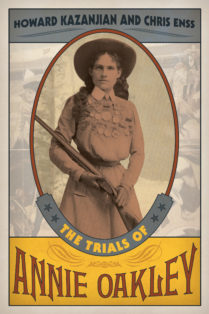
To learn more about Annie Oakley read
The Trials of Annie Oakley by Howard Kazanjian and Chris Enss

